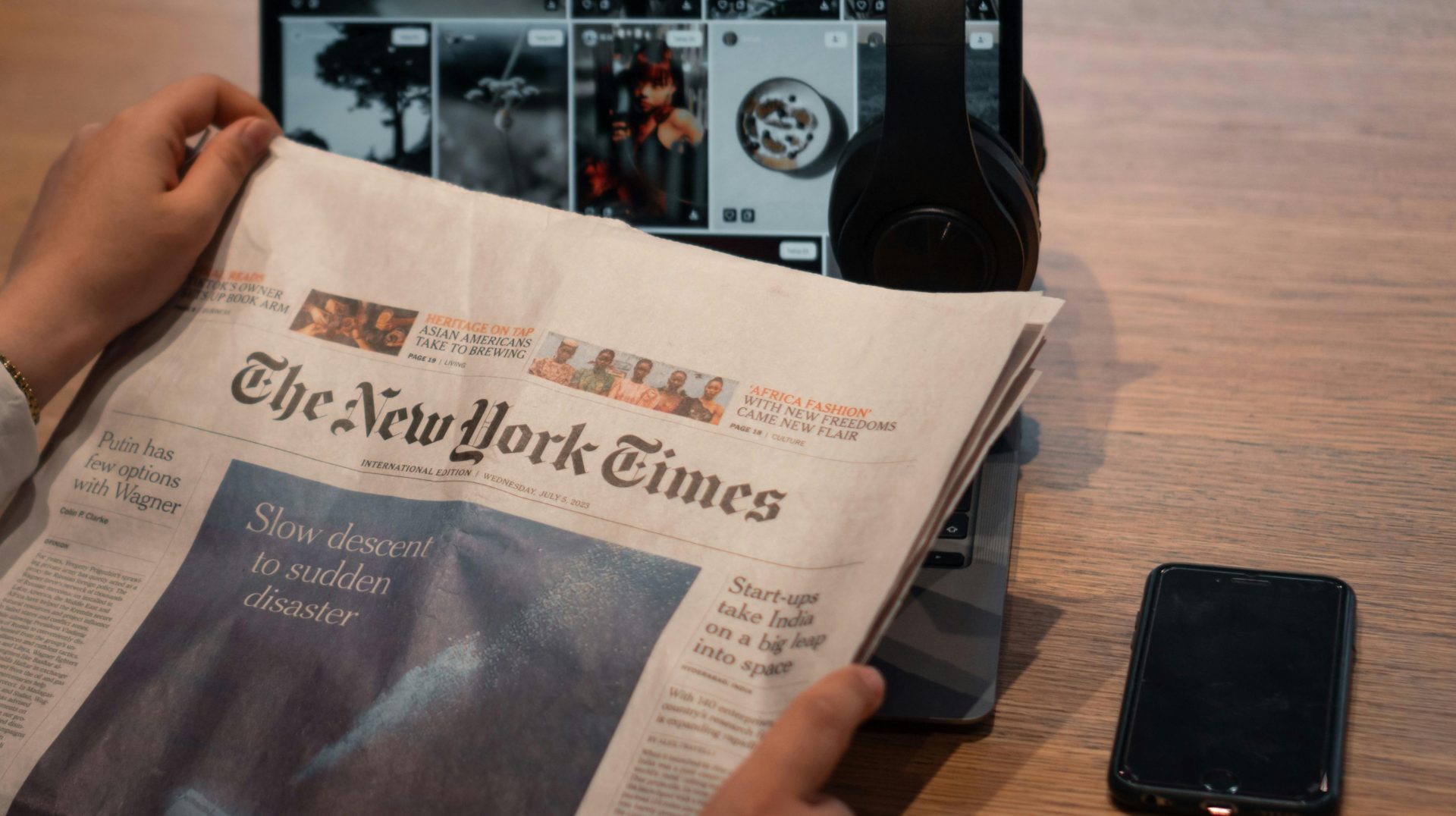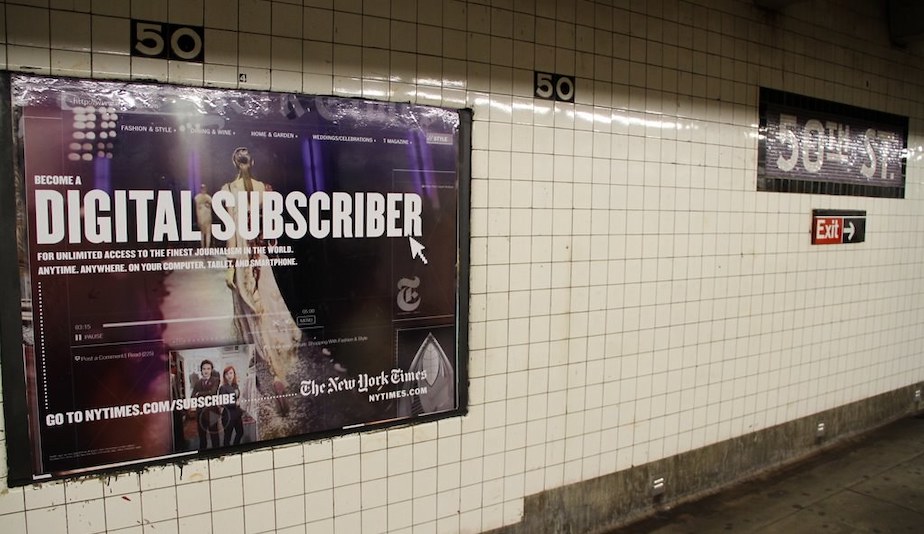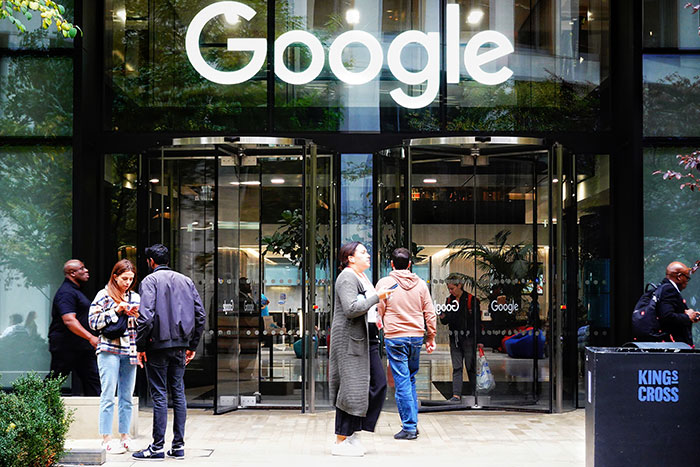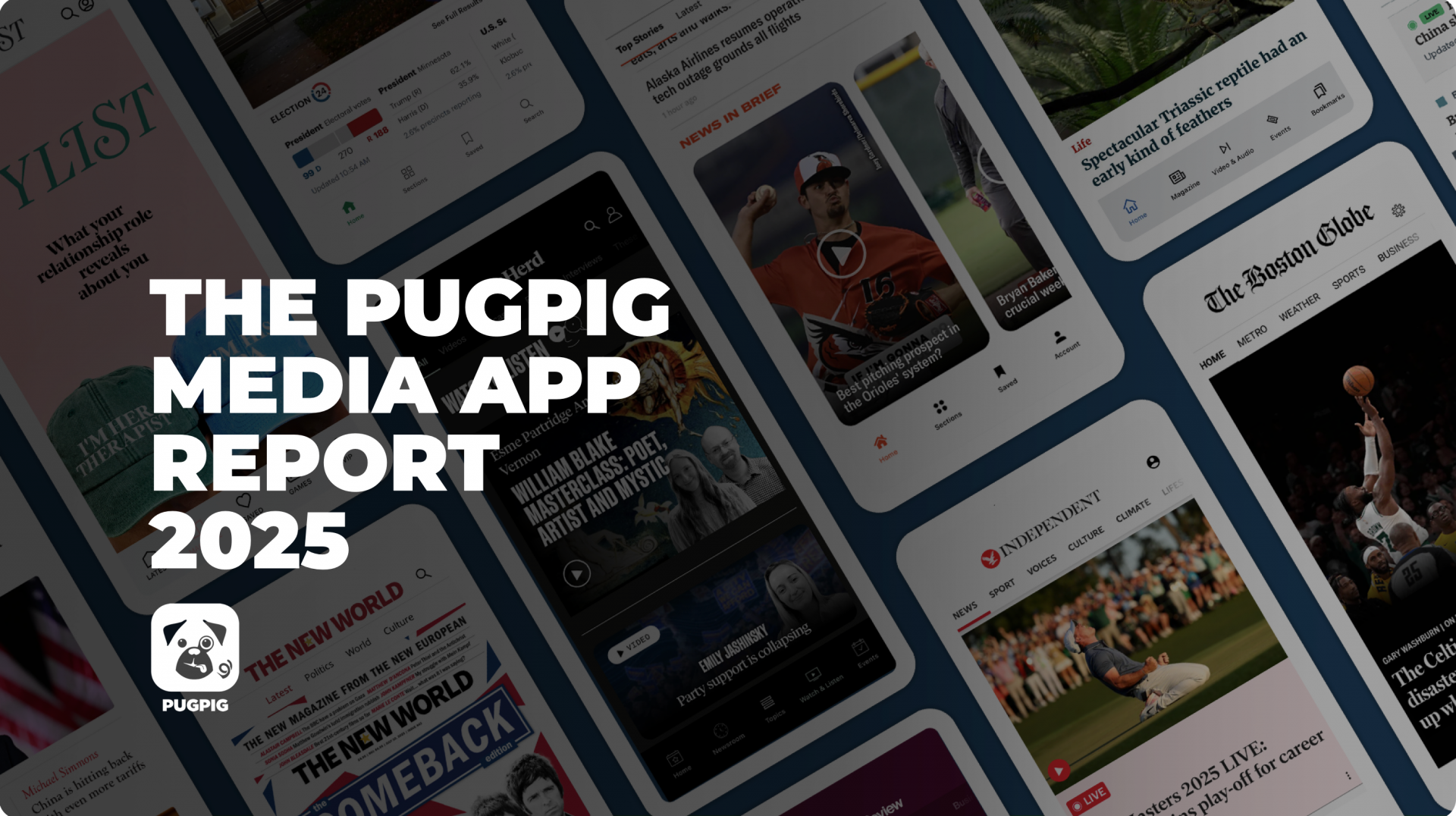
Newsletter
Newsletter
Publishers are elevating their digital user experience as part of premium subscription and membership tiers to increase revenue.
6th June 2025

In a 2005 address to the American Society of Newspaper Editors, Rupert Murdoch predicted his then-young daughters would grow up as digital natives. The self-described digital immigrant then went on to talk about how the newspaper industry needed to seize the opportunity provided by digital technology to increase the reach of their publications and open them up to community and conversation, and expand their print content to podcasting and video. In a prescient comment that presaged the current era of creators, he advised publishers to “supplement our daily coverage of news on the net”.
“The threat of losing print advertising dollars to online media is very real,” he added. When he made the speech, it had been 10 years since the launch of the online classified site Craigslist. It had been five years since Google launched its search advertising platform and three years since it launched its AdSense network. In his speech, he talked about the opportunity for news media to increase their advertising revenue by embracing contextual and behavioural targeting.
“To do this, though, we have to refashion what our web presence is. It can’t just be what it too often is today: a bland repurposing of our print content,” he said. Twenty years later, it is clear the industry didn’t adopt that vision with the urgency required.
As publishers refine their digital revenue strategies, they are adding premium tiers to their digital subscription strategies. The tiers don’t just add additional content, but publishers are also developing premium digital user experiences, whether a multi-facted app or multimedia content. The tiers increase average revenue per user with higher prices and deliver higher customer lifetime value by increasing the subscription duration.
Just a heads up, from now on, we will publish the Media Bulletin bi-weekly, so look for the next edition in two weeks. This week, many members of the Pugpig team attended SXSW London. Product Director Emillie Ruston discussed some of their takeaways in our mobile publishing community, Mobile Matters. If you’d like to join the conversation, you can sign up here.
Kevin & James
By James Kember and Kevin Anderson
In the early days of television news, it was often little more than radio with some pictures. Similarly, when print publishers shifted to digital models, the products aspired to be newspapers and magazines online or digital replicas on mobile devices. This meant using the same formats that had worked offline, based around articles and pictures.
Just as the content strategy hewed closely to print, the business models didn’t stray too far from the past. With a few exceptions, revenue was driven primarily through display advertising. Then, Google and social networks created entirely new paradigms for digital advertising that targeted digital audiences through interests and intent, which have come to dominate advertising.
This prompted a shift to digital reader revenue, subscriptions and memberships. Tools were built and evolved to serve this need. Paywalls focused on blocking article text and counting screen views. However, these products were still rooted solidly in 20th-century print content and business strategies rather than tailoring themselves to new behaviours of digital audiences.
However, as digital media has developed into new forms unbound to the analogue past, audience expectations and behaviours have changed. Digital publishing functionality has developed, leading media organisations to reimagine their digital content and businesses. Enriched content experiences now go beyond the text of the article to drive a wide range of additional value, from audio to puzzles to personalised newsfeeds to community engagement, the focus of the publishing industry is shifting away from the print content model and towards premium experiences that deliver value that doesn’t just compete with other news and consumer media organisations, but other subscription services and social platforms.
“We traditionally were just putting a price tag on content. It’s no longer content. You need to think about it as a customer experience, and it will be content and product together,” Greg Piechota, told INMA’s World Congress of News Media.
To provide a premium experience, many publishers are now adding tiers to their subscriptions to deliver more value to audiences at higher price points to increase the average revenue per user. In a recent blog post, INMA looked at an example from their World Congress where German-language Swiss newspaper Neue Zürcher Zeitung (NZZ) discussed the logic behind their new subscription tiers. Eva Günther, head of digital products, described their approach as drawing inspiration from the airlines’ model of “economy, business, and first class”. Using this approach, they’ve created three membership tiers:
Some publishers, especially consumer magazines, have added a premium membership tier on top of their standard subscriptions. Elle Magazine offer their “Collective” membership alongside traditional digital and print subscriptions. This grants members access to tickets to certain events and provides them with exclusive offers for fashion and beauty brands. Another Hearst UK title, Good Housekeeping, has a VIP tier that offers the reader the chance to join the GH Book Club, which features monthly live events. Meanwhile, DC Thomson’s Stylist offers a VIP tier, which adds the print magazine as a benefit alongside member-only events, discounted tickets to Stylist Live, exclusive content and discounts.
At the INMA congress, The Atlantic’s chief growth officer Megha Garibaldi told delegates that “readers didn’t just want access; they wanted to stand behind our journalism”. When developing premium subscription or membership experiences, this motivation has been an increasingly important factor. The Guardian is a prominent advocate of this approach. Instead of selling a “subscription”, they ask readers for their “support”. To incentivise this, they not only highlight the importance of their journalism but also make it clear to their supporters that their financial help is essential in allowing them to keep their website content free for those who can’t pay. Another advocate of this approach is The New European (now The New World!). They have recently begun to make offers and free gifts a less prominent incentive in their marketing, and instead they emphasise importance of their journalism to the wider political ecosystem. They ask potential subscribers to join them, highlighting that they are “more than a magazine”; they are “a movement”. Why sign up? Because “your support drives change”.
Developing a community is often about creating offline relationships as well as online engagement. As mentioned in the previous examples, several publishers have started subscriber-only events as a means to build a sense of belonging and to enhance the value of the membership. Meanwhile, the Guardian send out exclusive newsletters to their supporters. Ultimately, whether it’s running in-person events or just sending newsletters, a community strategy aims to create a sense of belonging for members.
Alongside adding additional benefits to the core subscription, publishers have also been looking to enhance their visual and multimedia digital experiences, as well as adding non-news content. Both the Guardian and the New York Times have popular cooking apps, with the latter also offering product reviews from Wirecutter. The Economist have leaned into audio, moving the majority of their podcasts behind a paywall and offering a podcast subscription as a standalone product, thereby enhancing the value of their core product.
Apps are a core component of an advanced digital experience. As tools that attract the most loyal audiences, they form natural membership hubs. The Stylist, Good Housekeeping and Elle Magazine are all Pugpig Bolt apps that have integrated their member or VIP product by adding a dedicated section accessible through the bottom navigation bar. Also, as we research and write our upcoming State of Mobile 2025 Publishing report, we’ve seen firsthand the benefit to engagement of adding premium features into an app. Vertical video, audio playlists and puzzles all strongly encourage readers to spend longer in the app and ultimately, consume more content. Article content remains the lynchpin for publishers, and digital editions still play a strong role in engagement. But increasingly we’re seeing that a mix of content types is delivering the most engaging experiences.
Come along to the Publisher App Summit
We’re kicking off day two of the Publisher App Summit (hosted by our friends at Media Voices) this year on Wednesday, 11 June. We’ll be diving into the key findings from our not-yet-published 2025 State of Mobile Publishing report. You don’t want to miss it – let us know if you’re interested in coming along.
We will also be hosting a workshop about mobile messaging strategy based on our report, The Art of the Nudge: Perfecting Push in 2025. We will be joined by our report partners PushPushGo, and cover tactics to achieve the best results for push notifications, including different ways to target audiences with the most relevant push messages.
Pugpig Bolt 4.5 is here! Here’s what’s new…
We’ve been working on a host of updates designed to make your app feel faster and more intuitive. Highlights this month include a refreshed search interface that feels more integrated across all devices, the introduction of haptic feedback for key actions, and full compatibility with Apple’s latest iOS and iPadOS updates. Read more
Here are some of the most important headlines about the business of news and publishing as well as strategies and tactics in product management, analytics and audience engagement.

Newsletter

Newsletter

Newsletter

Newsletter

Newsletter